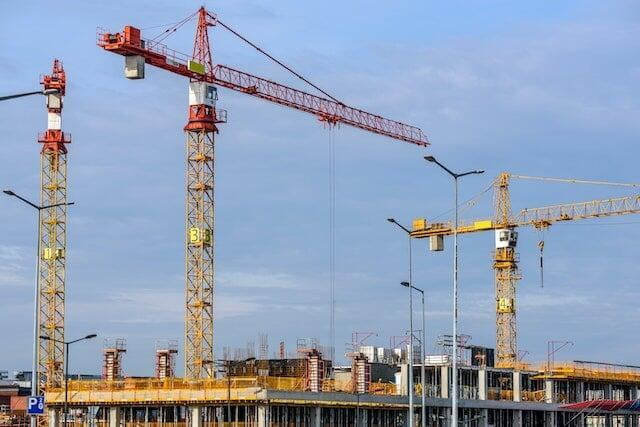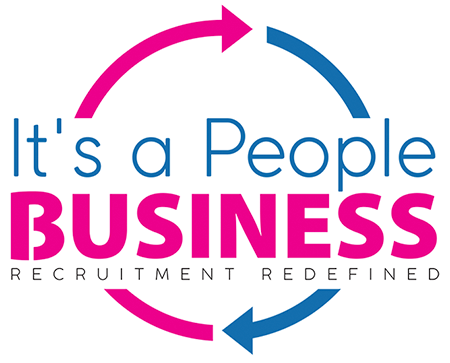
When it comes to recruiting, hiring and retaining top talent, organisations need to have a well-defined strategy for long-term talent acquisition. Having a consistent, reliable approach for recruiting and hiring staff is beneficial for organisations in numerous ways, such as improved consistency, cost savings, and fewer headaches. It's important to build a talent pipeline that is strong, sustainable and tailored to your organisation’s specific needs. In this blog post, we'll look at some strategies for building a talent pipeline and discuss the benefits of long-term talent acquisition. We'll explore the different components that make up a successful talent pipeline and discuss some best practices for creating and maintaining a successful talent pipeline. We'll also discuss some common pitfalls that organisations should avoid when building and managing their talent pipeline. Finally, we'll provide some practical tips and advice for organisations looking to build a successful talent pipeline.
1. Define the type of talent you need

The first step in building a long-term talent pipeline is to identify the type of talent you need. You need to be as specific as possible here. Consider the skills and qualifications that are essential for the job, as well as the qualities you’d like the candidate to possess. Think about the type of person that would fit the company culture and make it a better place to work. Make sure the qualities you select are realistic and that you are not looking for an impossible combination of qualities. Once you have identified the ideal qualities, you can start your search for the ideal candidate.
2. Utilise social media and job boards to reach target candidates

Utilising social media and job boards is a great way to reach target candidates and expand your talent pipeline. Social media platforms such as LinkedIn and Twitter allow you to create targeted campaigns to find potential candidates that match your company’s needs. Job boards like indeed.com and careerbuilder.com are great for posting positions and giving potential applicants more information about the job and company. Both of these strategies will help you cast a wider net and reach the best talent possible.
3. Review and update your recruitment process
When building a talent pipeline, it is important to regularly review and update your Recruitment process. This will help ensure that you are consistently providing the best possible experience for job seekers and that you are continuing to attract the best and most qualified applicants. Consider all aspects of your recruitment process; from job postings and sourcing, to screening, interviewing, and onboarding. Make sure that the process is efficient, transparent and equitable, and that it reflects your company’s values. Additionally, review your candidate experience and make sure that it is a positive one. This will help ensure that applicants have a good impression of your company and are more likely to recommend it to others.
4. Establish relationships with educational institutions

Establishing relationships with educational institutions is a key part of building a long-term talent pipeline. By having a presence at colleges, universities, and other educational institutions, you can stay informed about new talent entering the job market as well as keep your recruitment efforts top of mind with potential candidates. You can develop relationships with faculty and staff who may be able to refer students or alumni to your organisation, or even partner with the institution on events and activities that can help market your company as a great place to work. By investing in relationships with educational institutions, you will be able to access new talent and build a strong talent pipeline for the future.
5. Promote internal career growth
One of the keys to building a successful talent pipeline is to promote Internal Career Growth. This means having a comprehensive understanding of the career progression of each team member and taking the initiative to provide the necessary training, guidance, and mentorship to enable employees to move up the ladder. Companies should strive to create a culture of development and growth, where employees can see a clear path of career advancement and have the opportunity to take on new roles and responsibilities. This will not only help to retain and develop current employees, but also create a reputation of opportunity and success that will attract candidates looking for a long-term career.
6. Leverage referral programs
A key strategy for long-term talent acquisition is to leverage referral programs. Referral programs are a great way to find potential candidates for open positions, as well as to build a pool of potential hires for future roles. They also provide increased exposure for your organisation. Referral programs can be as simple as offering incentives to current employees who refer external candidates that get hired, or offering rewards to external referrers who help fill open positions. Carefully crafted referral programs can help to strengthen relationships with current employees, build a larger and more diverse talent pool, and ultimately increase the success of your long-term talent acquisition efforts.
7. Utilise technology for tracking and analytics

Utilising technology for tracking and analytics is a key component to any long-term talent acquisition strategy. By leveraging data-driven insights, organisations can gain valuable insights into the success of their recruitment process. This data can then be used to identify the most effective approaches for talent acquisition, enabling them to focus their efforts on the right channels and resources. Additionally, it can help organisations identify any areas that require improvement or adjustments, allowing them to optimise their recruitment process and ensure they are only investing in the most effective channels.
8. Offer competitive benefits and compensation packages
As businesses begin to build their talent pipelines for long-term talent acquisition, it is important to remember that successful recruitment and retention relies on offering competitive benefits and compensation packages. In order to attract and retain top talent, employers must not only offer competitive salaries, but also a comprehensive benefits package that is tailored to the needs of their employees. This includes health insurance, retirement plans, paid time off, parental leave, and other perks that demonstrate the employer’s commitment to their employees’ overall wellbeing. Additionally, employers should be sure to stay up to date on market rates so they can ensure they are offering competitive salaries to their employees.
In conclusion, building a talent pipeline requires a multi-pronged approach to long-term talent acquisition. Companies should create a comprehensive talent strategy that includes the use of both traditional and unconventional recruitment methods, an emphasis on employer branding, and the implementation of innovative technologies and tools. By taking these steps, companies can successfully attract, retain, and develop the right talent to meet their long-term business objectives.
